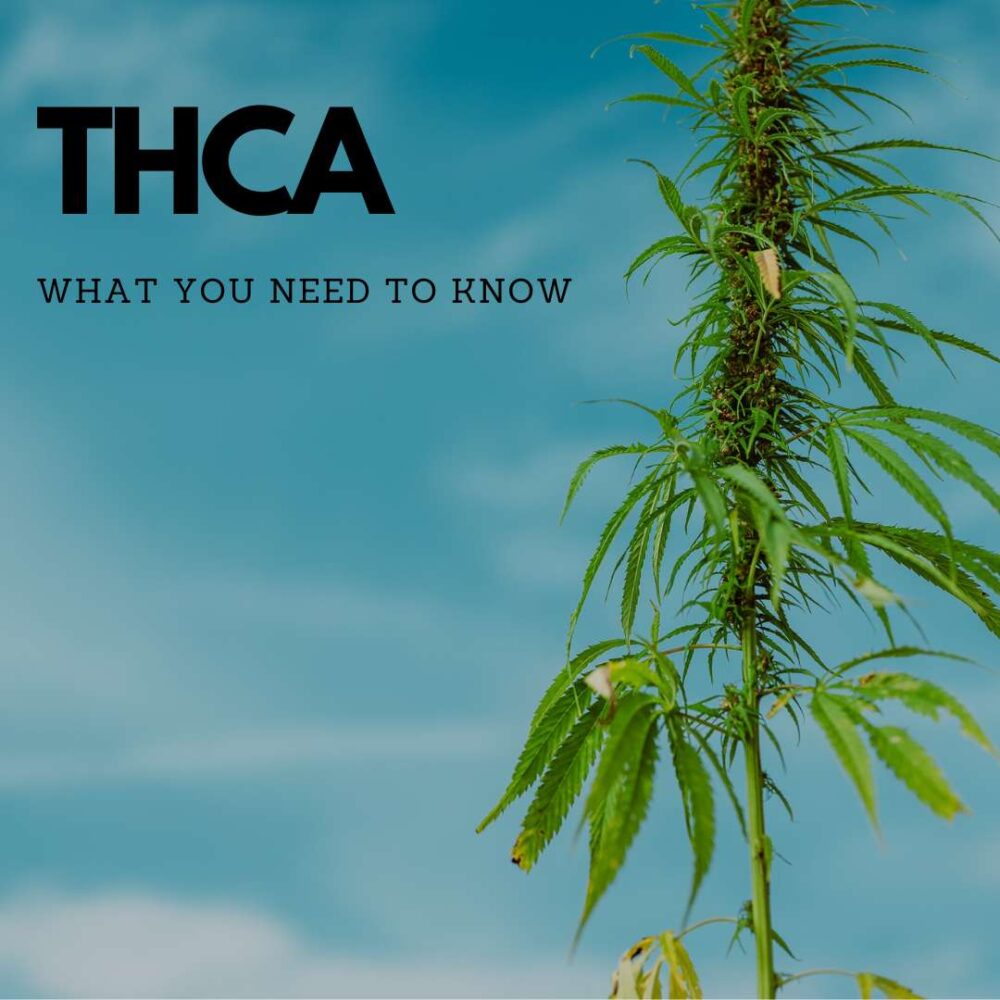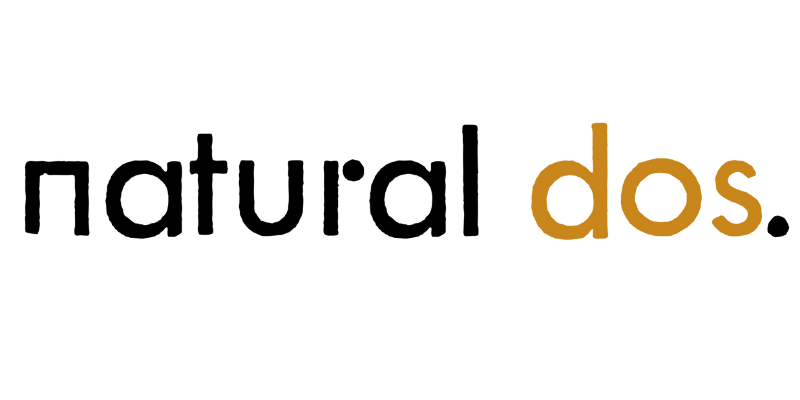
You've heard of THC and maybe delta-9 THC, but what is THCA?
This is not just another random cannabinoid, THCA is the naturally occurring precursor to delta 9 THC.Does THCA in the cannabis plant get you high? It depends what you do with it.
Article Highlights
- THCA itself will not get you high
- However, THCA converts to THC when heated, and that will get you high
- THCA in significant quantities is typically only found in states with legal marijuana laws
- Studies indicate that THCA has therapeutic benefits outside of its conversion to THC, such as anti inflammatory properties and nausea relief
Does THCA make you high?
THCA (tetrahydrocannabinolic acid), consumed in this acidic form, will not get you high, and is not considered a psychoactive cannabinoid. However, "almost" all products that contain THCA isolate, THCA powder, or have high THCA percentage will be in the smokable form, which will convert THCA into delta 9 THC.
Smoking weed with high THCA percentage will certainly give a euphoric high.
The most common cannabinoid in the raw cannabis plant (marijuana) is THCA. Pure THCA is is typically derived from an extraction process of cannabis plants that does not decarboxylate THCA. However, isolating only THCA is rarely done since cannabis oil that contains only THCA does not give a good high, and user typically enjoy it more when its full spectrum.
What's the difference between THC and THCA?
The functional difference between THC and THCA are the psychoactive effects. The marijuana plant does not make THC in much quantity. For example, an analysis of raw cannabis flower will show 15-25% THCA, and maybe 1-2% of THC.
Structural difference between THC vs THCA
The acidic precursor to THC, THCA, differs only by the presence of a carboxylic acid group (-COOH). Almost all cannabinoids produced by cannabis plants are in this acidic form, and the downstream cannabinoids most people are familiar with, such as THC and CBD, only result when the plant or its extracts are heated.
See below the chemical compounds for the structural differences before and after heat:
Is THCA legal?
Short answer, THCA legality depends on the state.
Since the 2018 farm bill that legalized hemp production nationally, the explosion of cannabinoid based products are seen in many stores now. One of the side effects of this new bill are the loop holes created by its specific language around a 0.3% delta 9 THC levels limit to all hemp derived products.
Ignoring states that have legal recreational and medical marijuana plant programs, most states will count THCA in hemp plants as THC when assessing the legal levels at harvest time. The state will collect the raw cannabis leaves right before the hemp harvest, and perform a total THC analysis, which, based on USDA regulations, includes the amount of THCA. If above 0.3% limit, the harvest will need to be disposed.
Marijuana flower typically contains high THCA percentages compared to hemp flower. These can range in the 15-25% depending on the cannabis strain.
THC, THCA edibles and psychoactive effects
Because of the language, many companies are producing and isolating THC like cannabinoids, such as delta 8 THC, delta 10 THC, THCO, THCP among other cannabinoids that all have psychoactive effects. Additionally, because of the 0.3% THC regulation, you can now put enough THC in an edible that will get you high.
For example, a gummy that weighs 3.5 grams (or 3,500 mgs), can have up to 10.5 mgs of THC, and still be legal as long as that THC came from a hemp source. That is enough to get most people the psychoactive effects they are looking for.
Since THCA in an edible form will not get you high since there is not heat to convert it, there is not much of a market for it. Most of the THCA products you find will be in a smokable form, like a vape or flower.
THCA versus THC: decarboxylation process
Acidic cannabinoids like THCA or CBDA, can be decarboxylated by exposure to heat or chemical reactions. Heat is by far the most common method, and can come in a couple different ways.
The process called decarboxylation involves heating the acidic cannabinoid, THCA, which causes the carboxylic acid to be released as CO2, creating the decarboxylated form, THC.
Harvesting and curing the cannabis plant
If the marijuana or hemp plant is left out in the field or under lights for an extended period after the flower has matured, there is some decarboxylation that can occur. However, most of the decarboxylation that occurs prior to processing comes from drying the flower.
During curing, where the harvested flower is exposed to gentle heat, the moisture is removed from the plant which extends its lifespan and prevents mold or other microbial organisms from growing. Typically, this brings the water content in the flower from around 50% down to ~10% if the manufacturer is good.
Often, the curing process will cause some minimal decarboxylation, where THCA slowly converts to around 10% of the original acidic form on the trichromes of the flower.
Processing of the cannabis extract
Cannabinoids in the cured hemp or marijuana flower can be extracted via multiple methods, such as high pressure CO2, ethanol, propane/butane, or water to create a crude extract. This crude extract is further purified, typically through a heating process called short path distillation.This distillation process involves heating the crude extract under vacuum to boil off and capture the cannabinoids of interest. However, it also decarboxylates the acidic cannabinoids in the process, converting THCA to THC.
Natural Dos has developed a new technology to isolate only acidic cannabinoids. This includes CBDA and THCA, allowing for the first time, a Natural Spectrum CBDA product that contains all acidic cannabinoids.
Benefits of THCA
Because the focus of research for the last couple decades has been on THC, not much research has been focused on the health benefits of THCA itself.Many states have legalized marijuana for medical purposes because of the therapeutic benefits of THC for a number of health conditions.
Most common health conditions that THC is used for:
- Chronic pain management
- Alzheimers
- Glaucoma
- Eating disorders like anorexia
- Multiple sclerosis
- Cancer and chemotherapy patients
- Nausea
- Crohns Disease
THCA benefits and cannabinoid receptors
People familiar with cannabinoids and their action on the endocannabinoid receptors know that THC primarily binds the CB1 receptor and CBD acts on the CB2 receptor. But acidic cannabinoids like CBDA and THCA also interact with the endocannabinoid system through these receptors.
This study found that THCA could help regulate both the CB1 and CB2 receptors in a cell model that expressed both. This was shown to change how the downstream signaling was affected by the presence of THCA.
In vitro studies found that THCA had anti inflammatory properties and decreased cytokine production.
In some in vivo models of nausea, THCA administration was able to reduce symptoms, suggesting potential benefits for nausea outside of psychoactive properties.
In an animal model of non-alcoholic fatty liver disease, THCA intraperitoneal injections were able to decrease liver fibrosis and molecular targets of inflammation.
THCA tinctures and raw form edibles
Right now, you can only find THCA tinctures and edibles in states that have recreational or medical marijuana laws. These are typically in the form of a whole plant extract, that has a high THCA content. These are then mixed with MCT oil, or put into an edible without adding much heat to the process.
Some people have tried eating raw cannabis plants by mixing it in their food preparations. If you decide to go this route, there are multiple books and websites that show you the best way to handle the flower.
Even though THCA is a non psychoactive cannabinoid, hemp only legal states consider it a controlled substance. And because you cannot get a reasonable amount of it from hemp flower, they are not easily made.
THCA isn't the only acidic cannabinoid
There are over 100 different therapeutic cannabinoids in the acidic form in raw weed. The second most common being CBDA, but other cannabinoids like CBCA, CBGA, CBDVA, and CBN can be found. While non of these have intoxicating effects, they all interact with the endocannabinoid system in various ways.
Acidic cannabinoids and absorption
Critical new studies have found that acidic cannabinoids have much higher absorption rates when ingested than their decarboxylated counterparts. This increased absorption can be as high as 1000% more!
Other acidic cannabinoids, like CBDA (cannabidiolic acid), the non psychoactive cannabinoid found most in the hemp plant, has been well studied for its potent anti inflammatory properties.
How to store raw cannabis plants?
If you have bought cannabis flower, you want to preserve the cannabinoids and terpenes that are naturally found in the flower to retain all the health benefits of the plant.Here are the most critical elements for good storage:
- Store in an air tight jar: this reduces the chance of contamination and over drying.
- Keep out of sunlight: this will prevent oxidation of terpenes UV light, and decarboxylation of THCA molecules.
- Store at room temperature or below: it doesn't hurt to put in the fridge, or long term storage in the freezer.
- Vacuum seal: this is the ultimate method if you have the equipment.
Conclusion
As cannabis consumers become more informed about the therapeutic benefits of the different cannabinoids, the market for their unique properties will continue to grow. Not only are acidic cannabinoids like CBDA being investigated for their therapeutic benefits, THCA research is getting more noticed as well.The therapeutic potential of acidic cannabinoids represents the next evolution in cannabis plant medicines.



